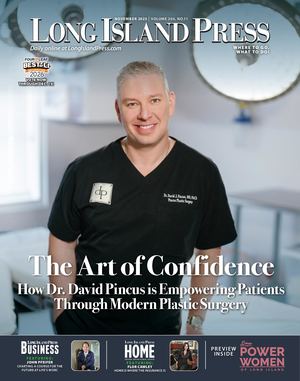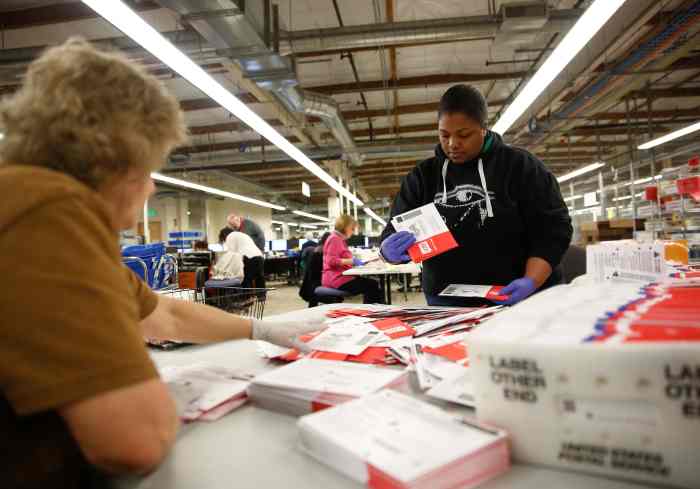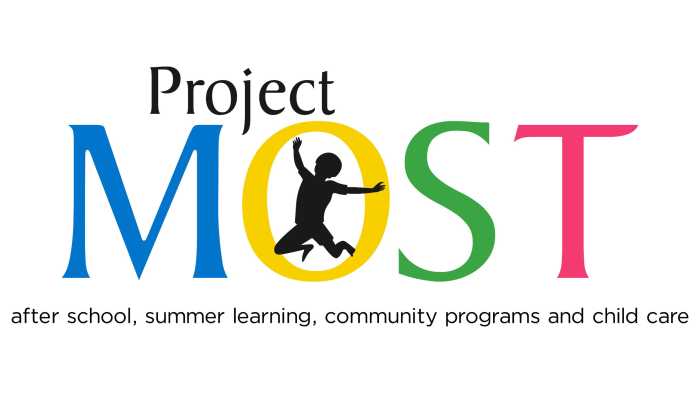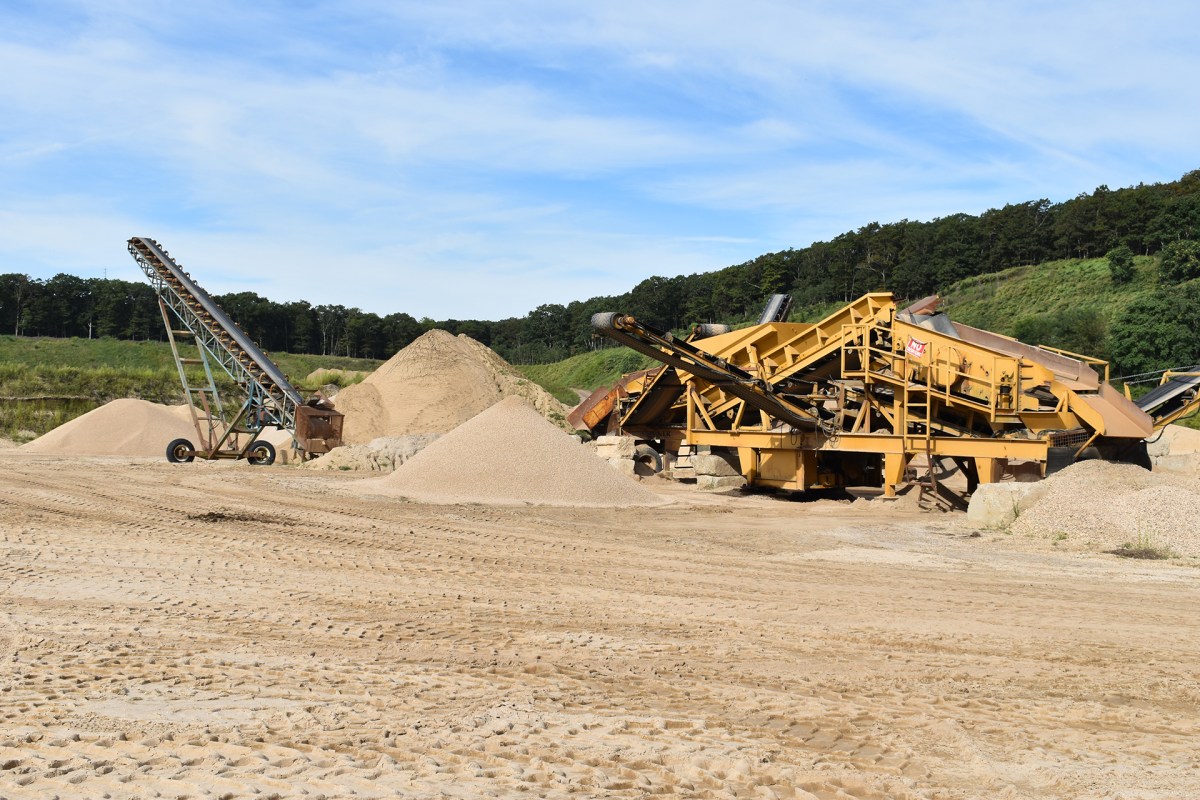Editor’s Note: The writer of the following letter will be giving a PowerPoint presentation regarding funding and State Aid of Public Schools in NYS with a focus on the impact on Hicksville at the April 14 Hicksville Garden Civic meeting. See website http://www.hgcivic.org/meetings.html.
Can we afford to live on Long Island and still give our children a quality education? My answer is a resounding “yes.” However I don’t think that Governor Cuomo has yet touched on the solution. The true problem resides in the method of funding public education in New York State. Nationwide, public schools get 56 percent of their funding from State and federal sources; New York State is close to the national average providing 50 percent state/federal funding. Yet Hicksville, my school district, a relatively modest working class neighborhood with 5,400 students costing $20,700 per student, gets only 15 percent funding from state and federal sources. This is a common problem for Long Island communities. Yet a similar upstate city like Elmira, with 6,850 students and a cost per student of $17,100, gets 70 percent funding from state sources. If Hicksville School District received the same level of funding as Elmira, 70 percent, a typical house in Hicksville which currently pays $4,000 in annual school tax would only pay $1,450!
How is that possible you ask! The main problem is that NYS funding for a school district is based on “ability to pay.” To determine “ability to pay” for each individual school district, the state uses a formula that is based on both income and wealth. OK, maybe income is an indication of ability to pay. But the wealth factor is based on the value of one’s home, not financial assets such as stocks and bonds nor savings. No it’s based on the value of your house. Talk about “house poor,” this surely takes the cake. Many of us on Long Island are house poor, especially new and young families with outrageously high mortgages. Yet the state bases state funding largely on the value of your home.
To add insult to injury the state calls it “aid.” Last time I looked, the so-called aid comes largely from state income tax and sales tax. Yes, taxes that are largely paid by NY State’s working poor and middle class. Worse yet, a home that is less than $200,000 in Elmira is almost twice as large as a house in Hicksville, about 2,800 square feet. While the average home in Elmira costs about $80,000, about one-fifth the $400,000 that we have to pay for our little box houses on 60×100 plots. So who are really the wealthy ones, those with large houses and cheap mortgage payments or those with a small house and large mortgage payments? The answer is obvious but it has been lost in the current formulas.
How can we fix this huge inequity? I start with the premise that there needs to be an equalization of public education budgets to help ensure that working poor and middle class children get a decent education. I suggest the answer lies in a different formula to calculate state funding. The wealth factor based on the value of your home, as I said before, makes no sense. But wealth should be a consideration. Since true wealth (e.g. stocks and savings) would be very difficult to ascertain, we could use home ownership but it must be done on a regional basis. A regional methodology would begin by dividing NYS into regions. Each region of NYS would get its share of state funds based on the population or based on the number of students in the region, as well as a modification for the cost of living. Within the region, state funds would be shared based on income and wealth. For example, on Long Island ownership of an expensive home probably is an indication of wealth when compared to others on Long Island. In that way the median Long Island school district would get about 50 percent funding from the state income and sales tax. Wealthy school districts would get less and poor districts would get more. I estimate that Hicksville SD would get about 65 percent from state funding, thus reducing a typical $4,000 school tax levy to about $1,600 per year. Other working and middle class communities on Long Island should see similar reductions. Now that’s affordable and it doesn’t hurt education on Long Island.
Phil Heckler
Block Captain
Hicksville Garden Civic Association


































